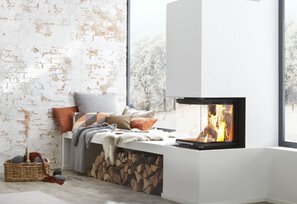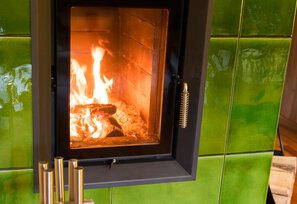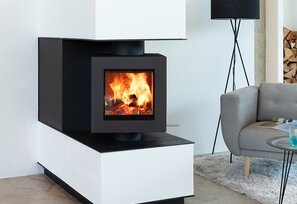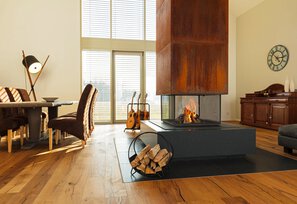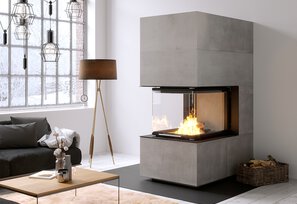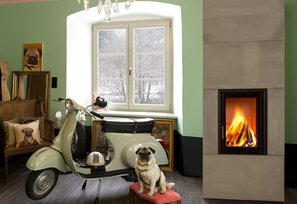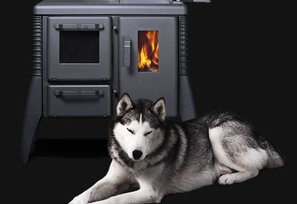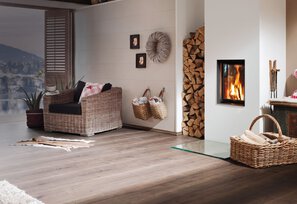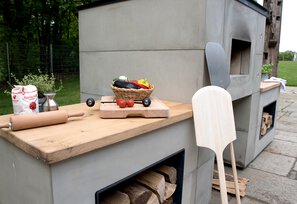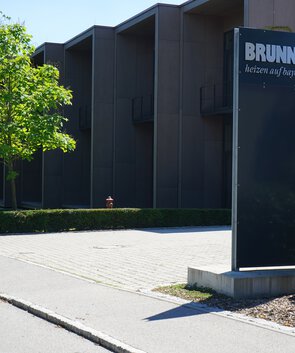Heating with wood pellets
In addition to logs, wood pellets can also be used as fuel for a modern boiler. But is heating with wood pellets worthwhile and how environment-friendly are these little sticks really?
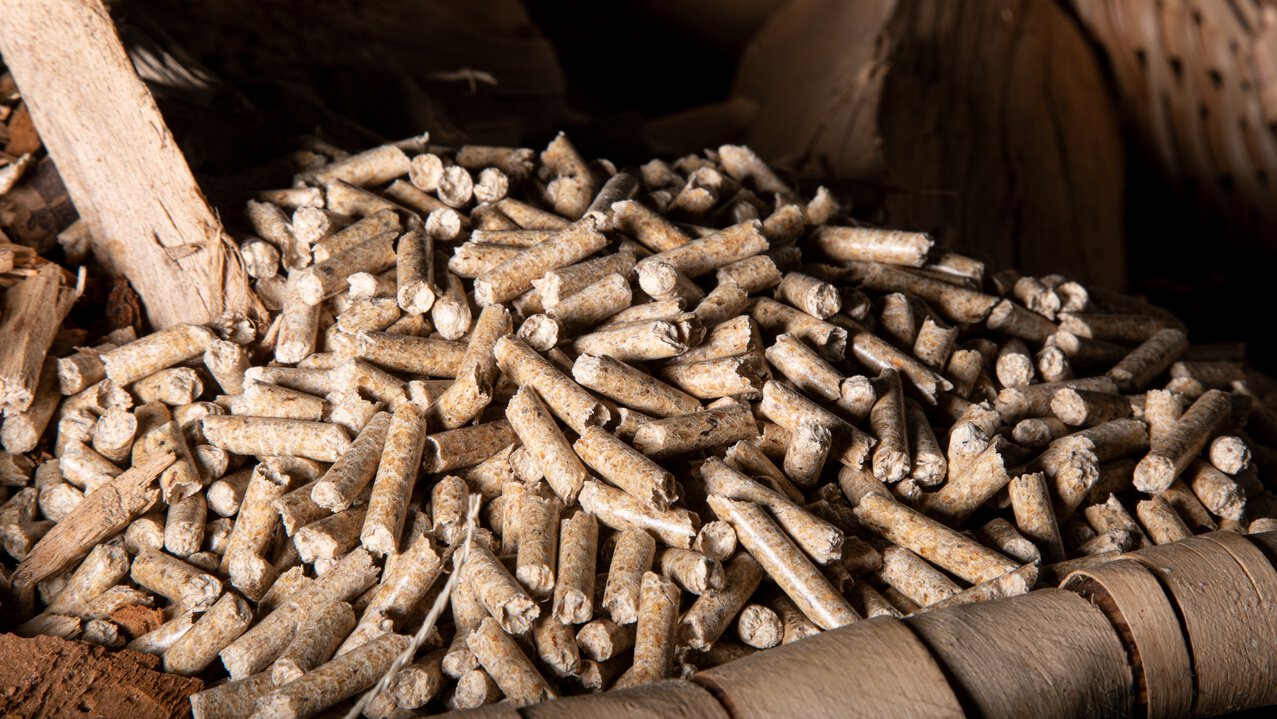
What are wood pellets?
Wood pellets consist of natural residual wood that is pressed into wood pellet sticks at high pressure. The small wood sticks are produced wherever wood chips, shavings and sawdust accumulate. However, the main production takes place in the so-called pelletising plants. Once produced, they are sold as loose pellets or as sacks.
.Advantages and disadvantages of wood pellet heating
The environmental factor comes first, of course. Wood pellets are CO2-neutral: the residual wood the pellets are made from has absorbed solar energy and CO2 for growth. Both are released again during the combustion process. The pellets release exactly what the tree would have released in the decomposition process. The absorption and release of CO2 balance each other out.
Their efficiency of about 95 % and the low energy balance in their production is remarkable. In addition, there is a greater independence from fossil fuels such as oil and gas.
The disadvantage is the space required for storing the pellets. A dry store room must be available for a pellet stack. Also, investment costs for pellet heating are higher compared to heating with fossil fuels. In the long term, however, the costs are offset by the favourable pellet prices.
And what about the calorific value?
The calorific value can keep up with that of wood: The calorific value of pellets is about 4.8 kWh per kg, wood about 4.0 kWh. 2 kg of wood pellets create the calorific value of one litre of heating oil and they are thus considerably cheaper with the same performance.

Conclusion
Pellets are easy on the wallet and the environment in the long term, so the advantages outweigh the disadvantages. However, they can hardly compete with the atmosphere of a beautiful crackling wood fire.
When buying wood pellets, also look for good quality. Lower quality pellets often result in more pellet dust, which is noticeable in cleaning and heating value.
